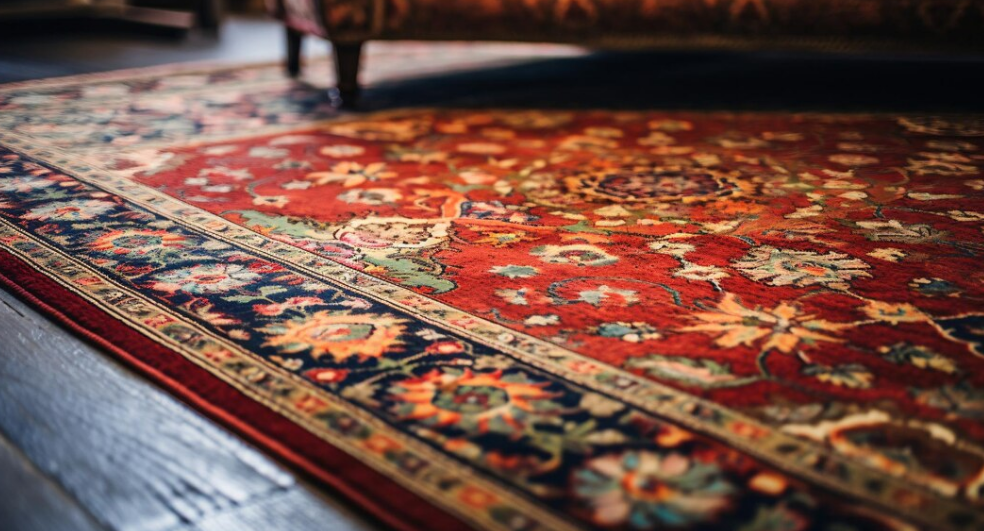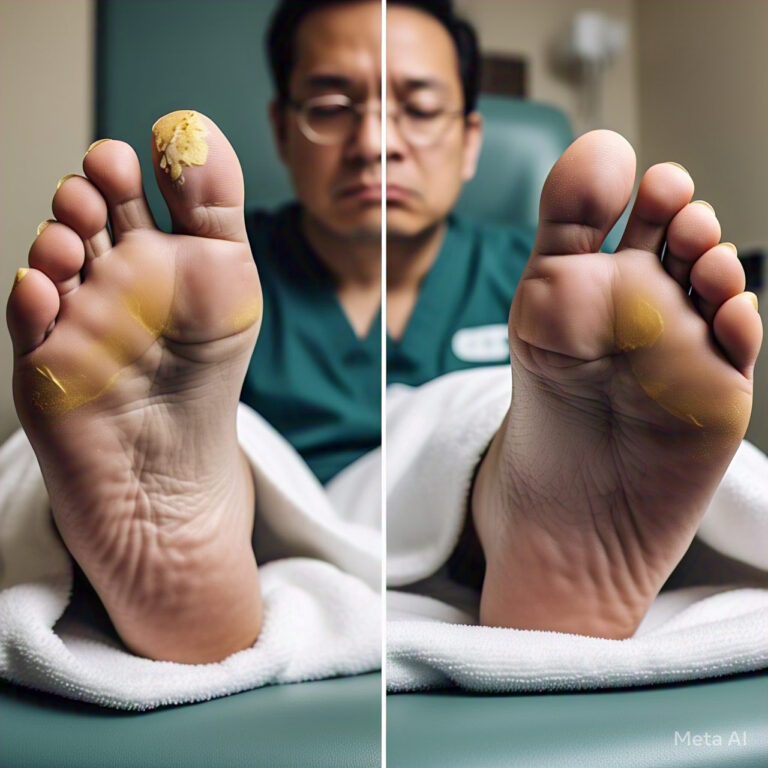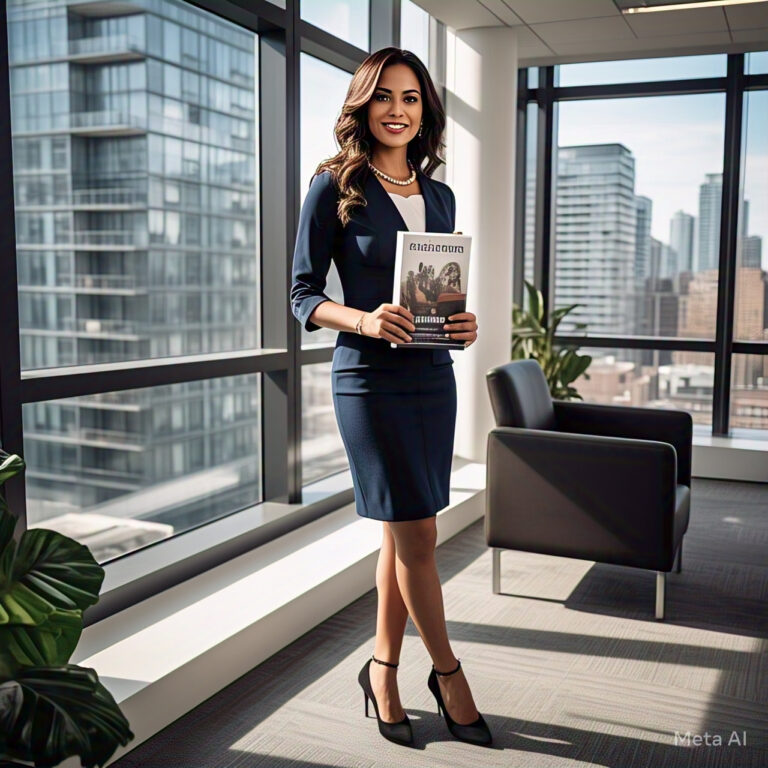Oriental rugs, with their intricate designs or bold tribal patterns, are often expensive and frequently surrounded by myths, nomenclature, and inaccuracies; this follows through to care, cleaning, and maintenance. While the internet is full of advice, much of it is well-meaning and accurate; there also exists poor advice of old wives’ tales and off-the-cuff opinions that can damage, devalue, and even destroy your fine oriental rugs.
The top 5 cleaning myths about oriental rugs:
- Beat Rugs To Clean Them: One of the oldest and most persistent myths is that oriental rugs can be cleaned by hanging them up and beating them with a broom or specialized rug beater rod. While this method removes particulate spoil, such as sand and clay dust, it can also cause damage. The beating is aggressive and, in some cases, a hole in your fine rug. If you choose to beat your rug do so carefully and gently; thin and worn rugs can be damaged by beating the back too aggressively. One alternative is to vacuum the back of your rug with a roller brush/beater bar so the vibration generated loosens and vibrates it to the face of the rug.
2. Regular Vacuuming Harms Oriental Rugs: While it’s true that Vacuums can be too aggressive, harm rugs, and cause damage. Regular vacuuming removes soils and keeps them from building up in your area rugs. Removing dirt, dust, and allergens from building up in the base of your rugs & carpets is essential to your health and your rug’s longevity. However, it’s advisable not to use a vacuum with a beater bar on thin rugs or kilims as it can be too aggressive. Avoid the fringe ends when vacuuming and use a gentle or higher pile height setting. So, while vacuuming can be harmful if done haphazardly or too aggressively, it’s also essential for keeping your area carpets looking great and extending cleaning intervals.
Oriental Rug soil removal during washing (this can be done in-home)
3. Home Cleanings Are Just As Effective As Professional Cleanings: While spot cleaning and careful maintenance at home can keep your rug looking good, professional cleanings are necessary every few years to remove deeply embedded dirt, odors, and potential pests. From heavy foot traffic to air pollution, wool rugs love to hold soils and impurities. The same static electric charge you get for your favorite wool sweater pulls air pollutants from the air to your wool rugs, keeping your home cleaner; your rug is dirtier than you realize. Professional oriental rug cleaning drop-off rug cleaning uses specialized equipment to wash the whole rug for a deep clean that cannot be done in your home.
4. Home spot cleaning, Baking soda, and vinegar: Every rug will need spot cleaning at home. Baking soda is alkaline and can harm wool and dyes, driving color run and loss. Using baking soda as a deodorizer is no substitute for removing the odor source from the rug, such as pet urine. Vinegar is safe for wool however used in combination with some stans can set stains permanently. When spot-cleaning your oriental carpets, we recommend a professional spotting cleaning guide like the one from Renaissance Rug Cleaning or call your local rug cleaner for advice
5. Using Common Carpet Shampoos Won’t Harm Them: Many commercial carpet shampoos are too harsh for wool and silk found in oriental rugs and can damage their natural fibers, fade the dyes, or leave a residue. Shampoos are low-moisture cleaners and only clean the top of the carpet, not the whole rug. Always opt for cleaners designed explicitly for oriental or wool rugs, or rely on professional services.
6. Water Alone Can Clean Spills and Stains: Water is sufficient for cleaning some spills; in most cases, more is needed. While water is essential in cleaning area rugs, solely using it can sometimes spread a stain or cause dyes to bleed. Detergency is needed to solubilize spills and stains and keep them suspended in water to flush away from your rug. Did you know that different spills require different formulations for successful removal?
7. If It Looks Clean, It Doesn’t Need Cleaning: The charm of an oriental rug with bold colors and designs is they don’t look as dirty as they are. Unlike synthetic rugs or carpets, area rugs can hide dirt and grime well due to their weave dense pile and rich colors. Waiting until the rug looks visibly dirty can mean it’s already heavily soiled deep within its fibers. It’s generally recommended to have oriental rugs professionally cleaned every 1-3 years, depending on foot traffic and use.
8. Antique Oriental Rugs Need Less Frequent Cleaning: The myth suggests that older rugs have withstood the test of time and are less vulnerable to dirt and debris. However, the opposite is true: life on the floor is hard, and older rugs can be more fragile and may have accumulated years of dirt deep within their fibers and neglect. Like any other rug, cleaning intervals should be based on the type of use and soil accumulation, not age. Antique rugs need regular cleaning to help preserve an older rug’s lifespan. However, because of their age, old carpets need special care, so seek out antique rug cleaning experts, those knowledgeable about antique carpets
9. Rug Pads Are or Aren’t Necessary: Rug Pads provide five benefits for area rugs. Rug pads prevent slippage, offer cushioning underfoot, reduce wear in rugs by cushioning food traffic, absorb & reduce sound transmission, protect hardwood floors, and add insulative value. While there will always be situations that don’t require rug pads, area rug pads benefit your rug and home. However, make sure the rug pads you buy are specific for area rugs and rated for wood floors
10. Red Wine Stains are Permanent: Spilling red wine on an oriental rug is a nightmare, but it’s an impossible myth to remove. You need to act quickly by blotting (not rubbing) the spill, removing as much wine as first, then using one drop of liquid hand dish detergent to a cup of water and applying it to the wine spill and blot. Old wine spills that need a professional rug cleaner’s touch and experience are harder to remove.
Oriental rugs on stairs need more frequent care.
In a world where fleeting trends come and go, the enduring charm of a wool oriental rug stands as a testament to timeless artistry and craftsmanship. A piece not just for your home but a legacy to be cherished for generations to come







